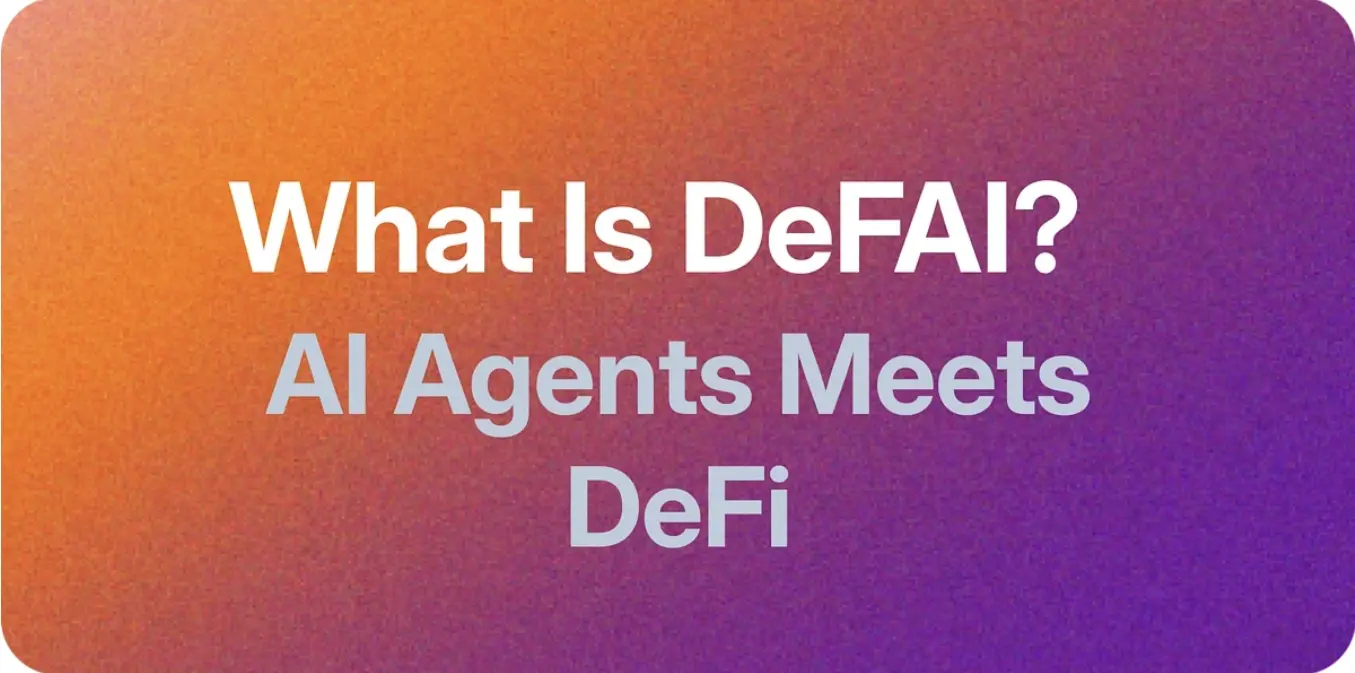Interpretation of CityCoins: A Funding Solution for Local Development
Author: Zhong Yang Chan
Original Title: 《CityCoins: Can it be a Solution for City Government and Local Funding?》
Translated by: Creed, Chain Catcher
After Francis X. Suarez was elected mayor of Miami, the CityCoins project immediately announced the creation of its first city coin—MiamiCoin (MIA). Like other city coins, MIA aims to be a way for people to support their city while also capturing Stacks (STX) and BTC for the token itself. This article will delve into this innovative plan and explore how it benefits local communities and investors.
How CityCoins and MiamiCoin Work
CityCoins are based on the Stacks protocol. Stacks is a protocol that supports running smart contracts on the Bitcoin blockchain network, using an innovative "Proof-of-Transfer" (PoX) consensus mechanism that rewards miners with STX tokens. Participants, known as "stackers," can earn BTC rewards if they lock STX in the protocol for a period of time.
Specifically for MiamiCoin (MIA), people can mine and stake MIA to earn a portion of the STX mining rewards, which are allocated to a custodial reserve wallet accessible only by Miami's financial officials. This "city wallet" will continuously accumulate STX, with the balance managed by the municipality as needed.

Image Source: CityCoins
What is the Significance of CityCoins?
Cities are seen as hotbeds of creativity and innovative culture, while also being places where various stakeholders (public sector, NGOs, citizens, entrepreneurs, etc.) are incentivized to participate in practical innovation projects. In any given city, the consumption of local non-renewable resources, traffic congestion, air pollution, immigration, social exclusion, and other civic issues ultimately form key reference points for local "livability." Therefore, the goal of urban innovation is to achieve long-term effects rather than small-scale experiments or pilot projects.
Cities can also be fragile; a relatively calm period can suddenly be interrupted by economic stagnation or crisis, putting pressure on public sector budgets, especially in sensitive areas like unemployment, social services, and the environment. At the same time, these phenomena can inspire innovative ideas, primarily proposed by communities that have a deep understanding of local conditions.
In a country, the federal government wields significant power and control, particularly from an economic perspective, playing a major role in the allocation of federal funds and resources. However, different cities or local states often have their unique needs. While cities typically have their own sources of revenue, any new funding mechanism is welcome, especially during the COVID-19 pandemic.
By the end of 2021, MIA had created over $20 million in value for the city of Miami in STX tokens. In September 2021, Miami city officials voted to accept funds related to MIA, but specific spending plans had yet to be developed. Commissioners initially proposed using these funds for climate change mitigation projects, funding new initiatives for impoverished communities, and cryptocurrency education and incentives for tech entrepreneurs. Mayor Suarez also announced in November 2021 that "Bitcoin yield" would be paid as dividends to all registered Miami residents, i.e., registered voters. This bonus aims to encourage residents to open and use digital wallets while also motivating them to register to vote.
While there are currently no concrete plans for the next steps, the CityCoins project has proposed several fundamental use cases:
1. Financial Incentives
The most direct use of CityCoins is for local communities, which may include:
- CityCoin holders can enjoy discounts on sports events and other activities.
- Funding high-performing students or helping to pay student tuition through automatic lotteries.
- Authorizing CityCoins to be upgraded to grants or collateralized loans to attract cryptocurrency founders and other businesses to the city.
- A community-operated "pothole fixer app" that uses geolocation, crowdfunding, and other methods to address pothole repairs and other maintenance needs in remote areas, especially when the city's response to these municipal requests is too slow. Payments can be made in CityCoins, and funds will be locked in the app until the work is completed and confirmed by OP.
- Creating an "autostacking" feature—automatically allocating CityCoin earnings to purchase or mine more CityCoins.
2. Community Governance
Similar to how DAO voting operates in crypto today, CityCoin token holders can vote on community proposals, such as:
- Users can delegate their tokens to vote (without losing them) to help modernize the community by funding new initiatives (e.g., establishing free WiFi or installing new solar panels).
- Atomic swaps can occur between different city coins as a way to express support or opposition for a city. For example, one might imagine swapping MIA with SFO.
- Communities from different cities can pool their tokens to propose and vote on regional initiatives and projects, which can be driven by CityCoins.
3. Access Control
CityCoin holders can enjoy privileges to access real physical or virtual spaces and services. For example:
- Establishing "Proof of HODL" credentials for logging into certain physical and digital spaces and events.
- Creating a decentralized global network of WeWork-style co-working/living spaces that require CityCoins for access.
- A decentralized domain registrar exclusive to specific cities, where users can control personalized crypto wallets and application dashboards. Imagine having customized domains like ericadams.nyc or francissuarez.mia, which users can only register by spending their respective city tokens.
- CityCoins could integrate tips into Uber or even create a community-operated Uber application with transparency and an immutable reputation and scheduling system.
Potential Pitfalls of CityCoins
While the city of Miami has decided to accept the windfall from MIA tokens, it is worth noting that Mayor Suarez has not directly endorsed the project, repeatedly emphasizing that it is grassroots-led. As Vitalik mentioned here, one of the main pitfalls that cities should perhaps avoid is sacrificing "choice" too quickly.
If you view CityCoins as a local civic movement or community organization, local governments will always work hard to reach the broadest audience possible.
However, CityCoins are not different from other forkable crypto projects; if this project succeeds, you can imagine different forks emerging to compete for official recognition and influence. While ultimately simplifying to a specific cryptocurrency has its benefits, city government officials should think carefully before making any commitments.
Another obvious challenge is that while the MIA token has been launched, there is no apparent utility or project beyond staking and earning STX. Instead, they rely on the Miami community or the local city government to adopt this token and establish further utility for it. Readers may recall the SOS and GAS airdrops during Christmas, which also had no applications or roadmaps. The immediate priority for CityCoins should be to collaborate with grassroots organizations to establish its utility or at least conduct small-scale experiments to prove its theory, thereby incentivizing Miami residents to hold MIA and benefit from it. While there may be non-Miami local, sports enthusiast token holders who simply want to support the city (or benefit from staking), it makes more sense and is more meaningful for Miami tokens to be held by Miamians in the long run.
Closely related to the utility issue is whether MIA is likely to become a sustainable source of revenue for the city. There is no doubt that those in the crypto space are familiar with how yield farming works, but whether MIA can maintain the liquidity scale in their staking pool to sustain current revenue levels remains to be seen. Only with compelling utility (and/or diminishing excess returns) is the project likely to increase stickiness for MIA holders. On the other hand, the DeFi space has begun to experiment with incentivizing locked liquidity, and the bonding mechanism of Olympus DAO may be well-suited for CityCoins: maintaining a fairly large staking pool while also distributing MIA tokens cheaply to more users.
Finally, MIA, STX, and BTC are clearly susceptible to price volatility, and projects based on MIA or relying on it as a funding source will also be exposed to this volatility. While some exaggerated claims suggest this could become a form of universal basic income (UBI) for Miami residents, how the city government and local organizations handle this unstable windfall and the corresponding price fluctuations is also worth noting.
It is also important to note that, like most cryptocurrency staking pool designs, returns are typically geared toward early adopters, who may not necessarily be Miami residents. If MIA wants to become something akin to a "public good," then how it fairly distributes returns to all investors over a longer period will be key to its long-term success.
Conclusion
Managing a city and empowering local civic movements is a challenging task, and cities and local civic organizations need all the help they can get, especially during a pandemic when financial resources become tighter. If new sources of revenue can be quickly identified and services effectively delivered, there is no doubt that more cities will join the ranks of adopting this token.
MIA brought $20 million in value to Miami in 2021, accounting for 2% of the city's public budget ($877 million) for 2022. This proportion is not large, but it is not insignificant, especially considering that MIA was only launched in August.
After the launch of MIA, CityCoins also announced that Eric Adams, the newly elected mayor of New York City, would promote NYCCoin, with Austin being the next region. While each city will undoubtedly benefit from the initial windfall, how it chooses to collaborate with the CityCoins project and whether it will establish the right utility and use cases for the local community will be key to its long-term sustainability and success.










